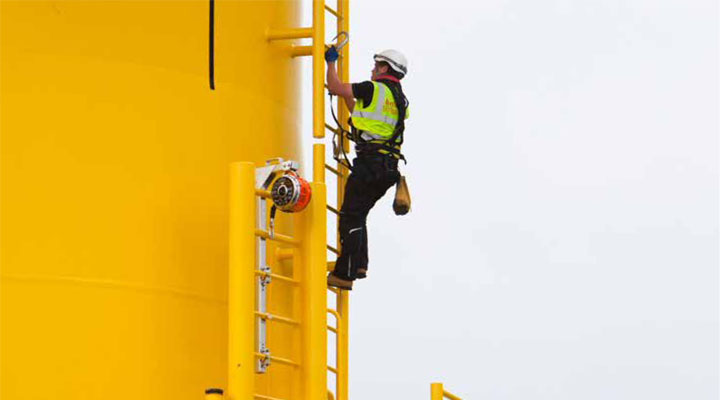Is more public green investment justified when funds are tight? – Inside track
4 min read
With a record level of public debt, the tax burden at a 70 year high and surging pressure on public services, it’s legitimate to scrutinise all calls for more public spending. Labour’s Green Prosperity Plan (GPP) is a proposal for large scale investment in the green transition. It has been attacked by the government as unaffordable during a cost of living crisis.
The government doesn’t question the need to meet net zero targets, nor dispute that major public investment will, at some point, be needed to achieve them. Its critique of Labour’s plan would seem to rest largely on the premise that current economic and budgetary conditions are not right for a major new programme of public spending. But is this correct?
The GPP is a core part of Labour’s plan for government. Launched two years ago by Shadow Chancellor Rachel Reeves, it promised annual spending of around £28 billion on green projects over the coming parliament. The GPP came at a time when there was still political consensus around the need to go big on green. Its announcement was arguably distanced enough from the political intensity of a general election campaign to escape detailed scrutiny.
This has now changed. Rachel Reeves recently rowed back somewhat on the plan in the face of attacks over Labour’s economic competency. She says the GPP will be implemented only in accordance with Labour’s fiscal rules, which stipulate that it will only borrow to invest in projects that pay for themselves over the long term through their contribution to higher growth.
As with any major new green public investment programme, the question is therefore whether enacting the GPP’s proposals would not only meet decarbonisation targets but also stimulate economic growth.
Well targeted green investment is pro-growth
The consensus among many economists is that a well-targeted investment programme of this nature would be pro-growth, as well as green. For its sixth carbon budget, published in 2020, the Climate Change Committee commissioned detailed analysis from Cambridge Econometrics. This showed there would be substantial benefits from higher green investment, for example creating new, high productivity industries in emerging sectors.
In our new briefing, we present our own analysis of the GPP and we echo these findings, pointing to the low levels of capital investment since the global financial crisis of 2007-08 which have arguably sapped growth and productivity over the past decade and a half. The ambition of the GPP, or something similar, would help to reverse this shortfall. We emphasise the need for the investment to come early in the next parliament which will be necessary to lock in private sector investment and allow the benefits of increased efficiencies and lower energy costs to accrue sooner.
Our analysis scrutinises investments in specific activities on a case by case basis, and finds the arguments for these to be compelling. Indeed, in most cases, there are strong reasons to go further than the GPP plans.
For example, the government recently pledged up to £500 million to support Tata to convert its Port Talbot steel plant to electric arc furnaces (EAFs). But we calculated, before the Port Talbot announcement, that total spending of £3-4 billion is what’s needed in the steel industry, to fully decarbonise Port Talbot as well as the UK’s other remaining blast furnace plant at Scunthorpe; to set up a new hydrogen direct reduction facility to produce iron and thereby lower the risk of providing capital support to foreign owned companies; and to improve scrap steel processing for use in EAFs.
Too many people are missing out on the benefits of green measures
A similar case could be made for far more investment in home insulation. Heating costs are a crippling burden on low income households and poor insulation wastes energy. The government has allocated £1 billion through the ECO+ programme to help insulate the least energy efficient homes in the lower council tax bands, as well as targeting the most vulnerable, with half of this spent so far in this parliament. But, our Net zero policy tracker suggests only around a quarter of the emissions reduction targets for the heat and building sector are covered by existing policy, which means many householders are missing out on the cost benefits of energy efficient homes. We suggest this £1 billion allocation should be expanded to £6 billion over the next parliament to meet the need.
We examine many other areas of investment in the green transition as well, such as industrial decarbonisation, heat pump installation and electric vehicles. We stress that more investment is needed in neglected areas, such as workforce training and getting the electricity grid up to scratch.
Governments are right to be cautious when planning major spending programmes. But there are strong reasons to believe that investing in the green transition will make the UK richer and more secure, as well as greener. The CCC-Cambridge Econometrics study estimated that the economy could be two per cent bigger by 2035 if the CCC’s own recommendations on green investment were implemented, creating 300,000 jobs. Labour expects its GPP to have a similar impact. Our analysis suggests this optimism is fully justified.





